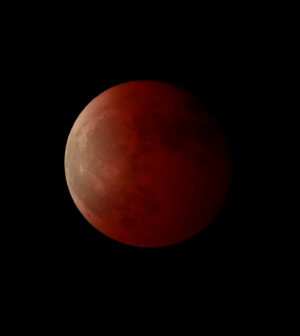- Blue Note Jazz Festival Hollywood Bowl
- LA County Fair 2025
- Pizza City Fest L.A. 2025
- We’re Back! 2025
- Mardi Gras 2025 “Long Beach Shorline”
- NFL 2023-2024 Schedule
- Venice Beach Muscle Competition
- Gelato Festival World Masters
- LA Beer Fest 2023
- Organic Harvest Gardens Sunday Brunch
- Jazz on the Grass 2023
Blood Moon Sunday May 15th

According to NASA a Lunar Eclipse occurs when the Sun, Earth, and Moon align so that the Moon passes into Earth’s shadow. In a total lunar eclipse, the entire Moon falls within the darkest part of Earth’s shadow, called the umbra. When the Moon is within the umbra, it will turn a reddish hue. Lunar eclipses are sometimes called “Blood Moons” because of this phenomenon.
How can I observe the eclipse?
You don’t need any special equipment to observe a lunar eclipse, although binoculars or a telescope will enhance the view and the red color. A dark environment away from bright lights makes for the best viewing conditions.
Residents in the eastern half of the U.S. and all of South America will be able to observe each stage of the lunar eclipse, and totality will be visible in much of Africa, western Europe, Central and South America and most of North America, according to NASA.
NASA will feature livestreams of the eclipse from locations across the globe! NASA will host an episode of NASA Science Live, from 11 p.m. – 12 a.m. ET. Watch at one of the following locations and ask your lunar eclipse questions using #AskNASA on social media.




